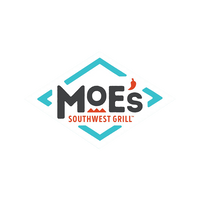Humble Beginnings to International Recognition
Learn all about the Touch Dynamic 24+ year story.
At Touch Dynamic, we design every touch computer and POS system to fit your unique business needs. We understand that no two operations run the same way—whether you manage a busy restaurant, retail store, grocery, or service-based business. That’s why our solutions are engineered for flexibility, durability, and performance across every environment. From streamlining front-of-house workflows and optimizing back-office operations to enhancing customer-facing experiences or speeding up outdoor checkout lanes, our touch computer hardware delivers efficiency wherever you need it most. As an experienced kiosk manufacturer, Touch Dynamic creates purpose-built solutions that keep your business connected and performing at its best.
When running your business, flexibility and reliability are essential. From all-in-one POS terminals that simplify counter service to self-service kiosks that reduce wait times and mobile POS systems that keep your staff connected, we provide technology designed for real-world performance. Our touch computer lineup includes powerful, durable systems built to handle demanding environments. For mobile operations, our rugged tablet options empower your team to process transactions and access critical data anywhere on the floor or in the field. Meanwhile, our PCs and servers deliver dependable back-office performance, and our peripherals—like printers, cash drawers, and barcode scanners—complete a fully integrated, high-performance solution from a trusted kiosk manufacturer.










































From thought leadership to PRs our newsroom
is always buzzing with interesting developments.